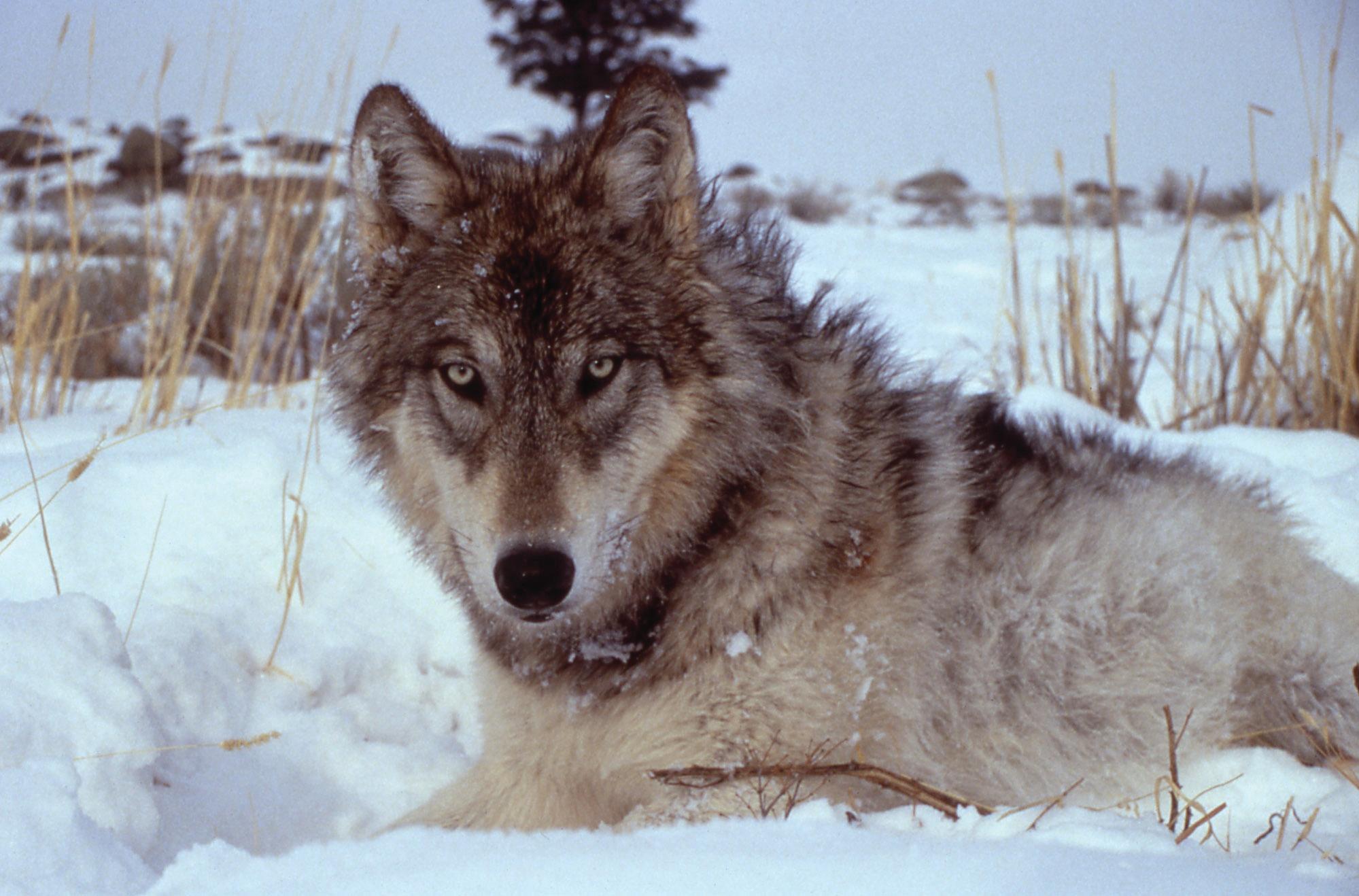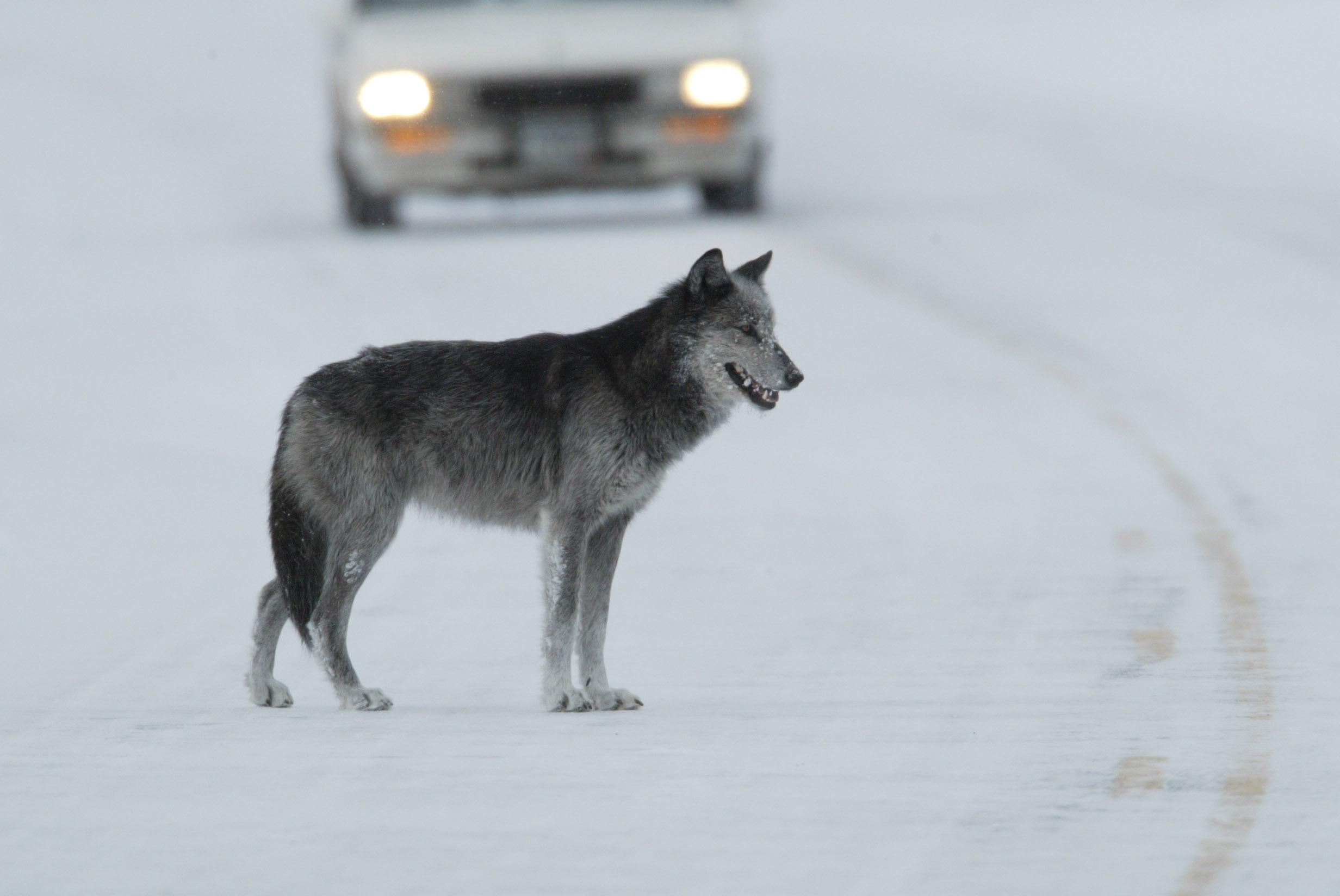Return of the Wolves: The Next Chapter
Original Airdate: November 2013
It’s been almost 20 years since wolves were reintroduced into Yellowstone National Park and parts of Idaho and placed on the endangered species list. At the time, advocates said wolves were a vital link in the natural ecosystem. Returning the park’s premier natural predator would help control Yellowstone’s surplus elk and bison population.
Worried about the effect of wolves on their livelihoods, ranchers and hunters protested the reintroduction, some even filing lawsuits. The discussion became heated to the point of threatened violence.
Jump ahead to 2013 when the West has seen a resurgence of wolves. For ranchers, hunters, wildlife advocates and nature enthusiasts, wolves and their fate have again become the center of a growing controversy. The U.S. Fish and Wildlife Service is proposing that wolves – except for the Mexican wolves of the Southwest -- be delisted nationwide as an endangered species and that their management be handled at a state level. Montana, Idaho and Wyoming have already delisted wolves and implemented hunting seasons.
Return of the Wolves: The Next Chapter, narrated by Peter Coyote,explores both sides of the heated issue and examines the role of the wolf in Yellowstone, the West and the Southwest. It is the third documentary by filmmaker John Howe to chronicle the story of wolves in the American West. The film, which premiered in November of 2013, has been picked up for national distribution by PBS.
“I can’t think of any animal more controversial than the wolf,” says Howe, whose film gives voice to all sides of the debate. “The documentary is meant to be well-balanced. Its purpose is educational. At the end, viewers will make up their own minds.”
At the turn of the 20th Century, the wolf population throughout the West had been decimated. The last wolves in Yellowstone were killed in the 1920s as part of a federal wolf removal program. Their disappearance changed the balance of the park’s fragile ecosystem.
“Now, biologists tell us Yellowstone is as predator rich as it’s ever been,” says Howe. “Wolves have changed the ecosystem in ways that are good or bad, depending on your perception.”
Hunters and outfitters, for instance, preferred a high concentration of elk migrating in and out of the park. As wolves have dispersed beyond the park’s boundaries, livestock ranchers, some of whom have suffered significant losses to wolves, worry about protecting their herds.

More challenging than creating a balanced film, was the challenge of actually filming the wolves. “The easiest way to find wolves in Yellowstone is to find wolf watchers,” says Howe. “You can find wolves much of the time and see them through spotting scopes, but the question becomes, are they in a situation close enough to be filmed?”
The film relates the history of Yellowstone wolf reintroduction through the key people who lived it. It also tells the story of Wolves No. 9 and No. 10, who are among the most famous of the reintroduced wolf population. No. 10, a male, was killed illegally when he ventured outside the park. No 9, a pregnant female, had also left the park. Biologists stepped in to rescue her offspring after she gave birth to the first pups born since wolves were reintroduced into Yellowstone.
The film ventures beyond Yellowstone to Arizona for a look at the Mexican wolves of the Southwest. It also follows grade school children who meet a wolf at the Mission Wolf sanctuary in Colorado. In Canada’s Northwest Territories, filmmakers reveal the family structure of a pack of subarctic white wolves.
“Wolves are symbolic of the cultural divide in the West,” says Howe. “Some see them as the spirit of the wilderness. Others view them as the return of a historic adversary. They remain in the crosshairs of controversy.”

Support By
Pacific Mountain Network Enhancement Grant
Yellowstone Photo Collection from the National Park Service
STREAM ANYTIME, ANYWHERE
